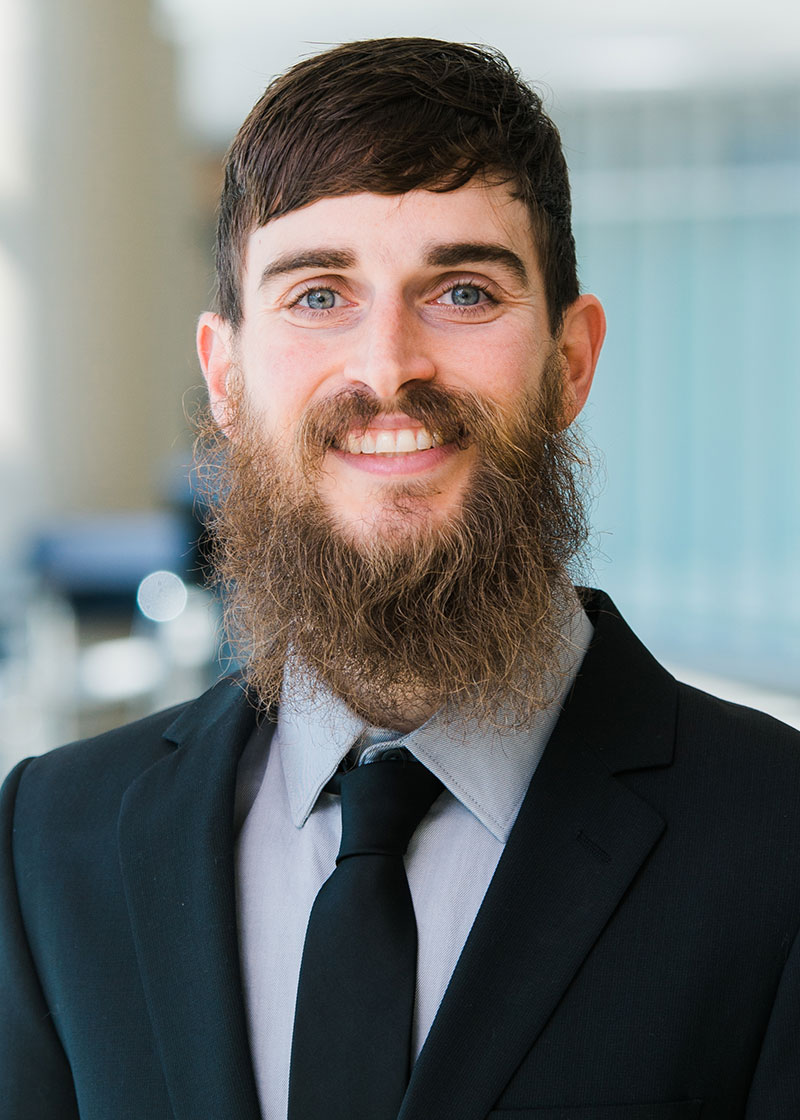What brought you to the UAB School of Public Health?
I earned my MS and PhD degrees in biostatistics here in the UAB School of Public Health, so I initially came to UAB to become a biostatistician nearly a decade ago. My undergraduate degree is in mathematics, but I’m more interested in scientific applications of math than “pure” math, so it took me awhile to find my path. My wife was (and still is!) a nurse at UAB, so I went to an informational session for UAB Department of Biostatistics where I was convinced that biostatistics was the right balance of math and science for me. I applied and in short order, was accepted, then began the MS program the following fall. As to why I stayed at UAB after graduate school, the short answer is the collaborative culture at UAB and within the School of Public Health and the Department of Biostatistics. There’s an abundance of people with interesting public health and medical research who are interested in collaboration with biostatisticians such as myself. Collaborative work is interesting in of itself, but an additional benefit, in my opinion, is that the most interesting statistical problems are the ones that arise from challenges in real-world studies.
What is the broad focus of your research?
As a biostatistician, I work together with content-area experts to design studies, develop statistical analysis plans, oversee data management during studies and analyze data arising from those studies so that they provide valid answers to clinical and/or public health questions. I also spend a fair amount of time thinking about when and/or how various statistical methods are (in)appropriate, and where necessary, I work on developing statistical methods and procedures that are better suited to a particular study scenario. I’ve collaborated with researchers across many disciplines, most recently maternal and fetal medicine, neurology and rheumatology.
Where did you receive your training and degrees?
I earned a BS in mathematics from Birmingham Southern College, and MS and PhD in biostatistics here at UAB. I was also a postdoctoral fellow in the Department of Biostatistics before joining the faculty in February 2022.
What is the most exciting project you are currently working on?
In clinical trials for Myasthenia Gravis (MG) therapies, study protocols generally allow patients to receive a therapy other than the one they were randomized to receive if their symptoms become too severe, i.e., they receive “rescue” therapy. While ethically necessary, rescue therapy complicates statistical analyses, and if ignored or handled improperly, may produce invalid or biased results. A physician collaborator with clinical trials expertise was concerned about how rescue therapy was being handled in MG trials, and we’re now working on statistical methods that appropriately account for rescue therapy. I really enjoy working on technical statistical problems alongside clinical or public health experts because in those cases the end results are more likely to directly affect research practices and thus have a greater (positive) impact in the affected communities.
What is your favorite self-authored manuscript?
I recently published “The spike-and-slab lasso and scalable algorithm to accommodate multinomial outcomes in variable selection problems” in the Journal of Applied Statistics. Rather than get into mathematical details, I’ll discuss what the method is designed to address by way of example: if we want to classify individuals as being cognitively normal, mildly cognitively impaired, or severely cognitively impaired using neuroimaging data, e.g., MRI data, then there are (at least) three complications in statistical analyses.
- Modeling clinical outcomes with more than two categories is more complicated than those with only two categories.
- Even with some preprocessing, MRI-based brain images result a very large number of predictors (measurements within relatively small brain regions).
- Only some of these predictors (brain regions) will be most relevant to predicting the outcome. The method we developed is designed to identify, and include in the statistical model, only those predictors that are relevant to predicting the outcome, e.g., brain regions where cortical thickness reliably predicts cognitive impairment.
What is the coolest training or program you've been a part of, or your favorite conference you've attended?
I really enjoyed attending the 2023 Society for Maternal and Fetal Medicine (SMFM) Pregnancy Meeting. Since becoming faculty I’ve become involved in quite a few studies related to maternal and fetal medicine, so attending a large conference like SMFM is a great way for a biostatistician like me to gain a broader understanding of cutting-edge clinical research in that field and its (in some cases, potential) impacts on patient care.
